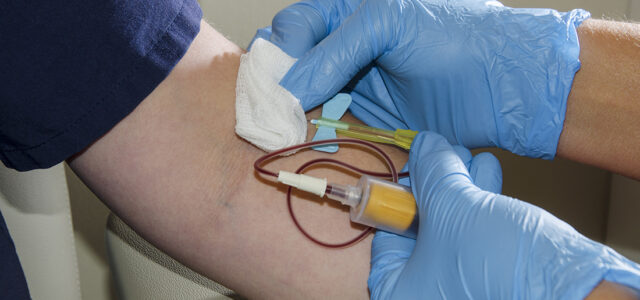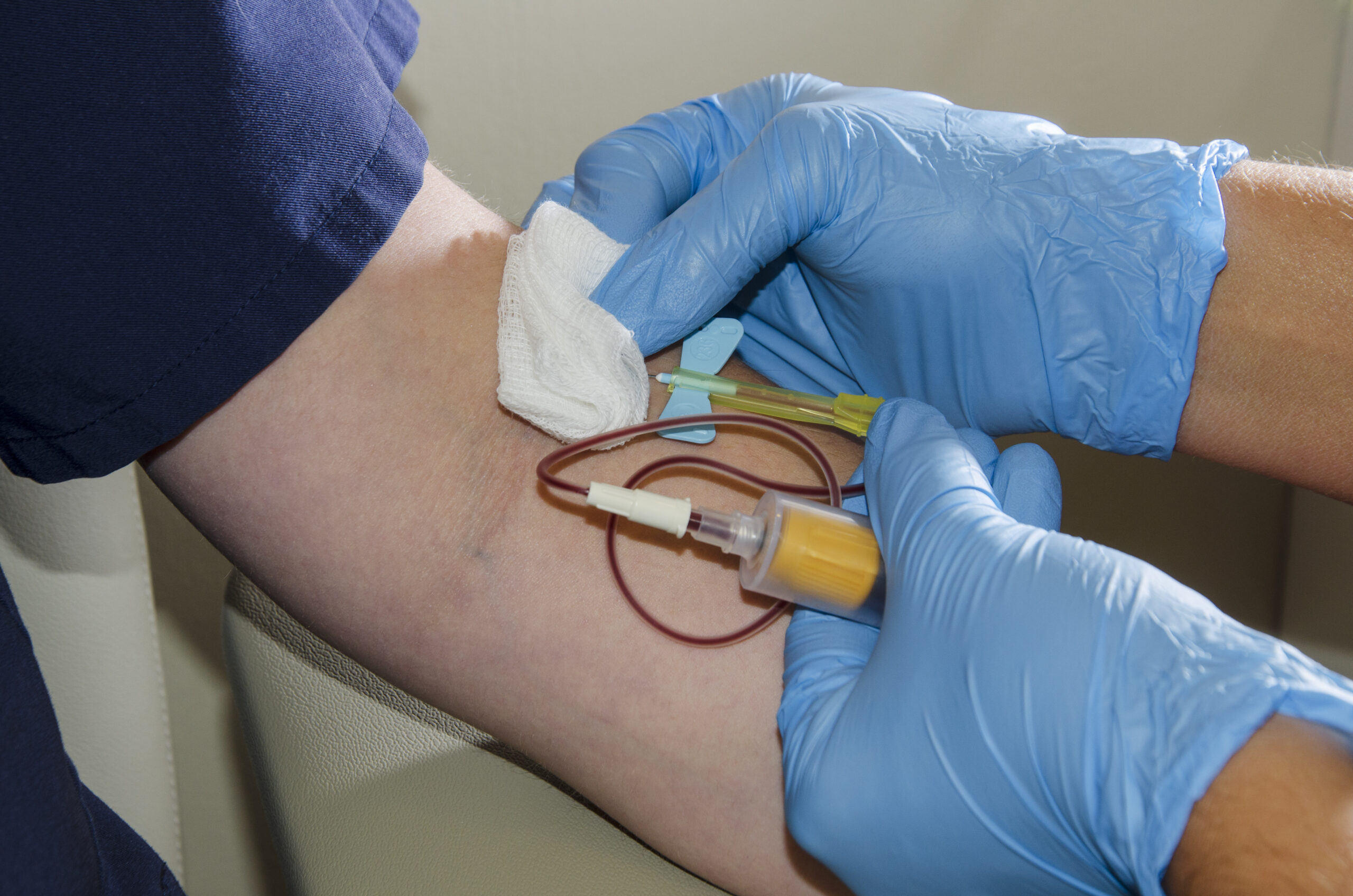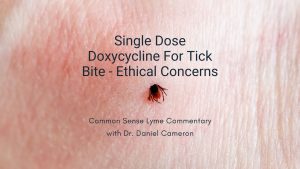Call for your appointment today 914-666-4665 | Mt. Kisco, New York

by Daniel J. Cameron, MD MPH
A recent discovery by researchers at Mayo Clinic demonstrates the complexity of tick-borne organisms. Pathologists at the institution have described a new Borrelia burgdorferi sensu lato genospecies in six patients. The new species, provisionally named Borrelia mayonii, was found in the Upper Midwest but it may be elsewhere. Symptoms are similar to those seen with an infection from Borrelia burgdorferi, the agent causing Lyme disease.
“Five of the six patients with atypical PCR [polymerase chain reaction] results had presented with fever, four had diffuse or focal rash, three had symptoms suggestive of neurological inclusion, and two were admitted to the hospital. The sixth patient presented with knee pain and swelling.” [1] All of the patients were diagnosed with a PCR test.
Meanwhile, researchers have successfully cultivated Borrelia burgdorferi and Borrelia bissetti-like spirochete from 24 individuals in the Southern U.S. Rudenko and colleagues described 11 individuals from Georgia and ten from Florida with “severe headache, nausea, muscle and joint pain, numbness and tingling sensations in extremities, neck pain, back pain, panic attacks, depression, dizziness, vision problems, sleep problems, and shortness of breath.” [2]
 The investigators used a modified Kelly-Pettenkofer medium to culture the specimens, rather than a Barbour-Stoenner-Kelly-H (BSK-H) medium. The positive cultures were further characterized by DNA purification, PCR amplification, sequencing, sequence analysis and multilocus sequence analysis (MLSA) followed by transmission electron microscopy. [2]
The investigators used a modified Kelly-Pettenkofer medium to culture the specimens, rather than a Barbour-Stoenner-Kelly-H (BSK-H) medium. The positive cultures were further characterized by DNA purification, PCR amplification, sequencing, sequence analysis and multilocus sequence analysis (MLSA) followed by transmission electron microscopy. [2]
Borrelia miyamotoi, a relatively new bacterium that can cause relapsing fever and symptoms similar to Lyme disease, has been identified in patients using a blood smear [3], direct detection of spirochetes in cerebrospinal fluid and follow-up PCR [4,5] and molecular detection of B. miyamotoi DNA in acute whole blood from patients. [5,6]
The investigators did not address the availability of the tests. The investigators described laboratory developed tests that are non-FDA-approved. In Scientific American, infectious disease physician and researcher John Aucott cautioned on the availability of tests. “These tests require physicians to send samples to the Mayo Clinic … that just may not happen.” [7]
Nor did the investigators address the poor reliability of current tests, such as the well-known two-tier test. Molins from the Centers for Disease Control and Prevention, Division of Vector-Borne Diseases, found that the “existing two-tier serology-based assays yield low sensitivities (29 – 40%) for early infection.” [8]
Without reliable commercial tests, patients suffering from these newly discovered diseases run the risk of being misdiagnosed, unless the physician uses clinical judgment.
To learn more about Borrelia bissetti, read All Things Lyme: “Culture evidence of Lyme disease in antibiotic treated patients living in the Southeast.”
To learn more about Borrelia miyamotoi, read All Things Lyme: “Where is the FDA test for relapsing fever spirochete, Borrelia miyamotoi?” and “Larval ticks may be a threat after all: insights based on study of Borrelia miyamotoi.”
References
1. Binnicker MJ, Theel ES, Pritt BS. Lack of evidence for rapid transmission of Lyme disease following a tick bite. Diagn Microbiol Infect Dis, 73(1), 102-103 (2012).
2. Rudenko N, Golovchenko M, Vancova M, Clark K, Grubhoffer L, Oliver JH, Jr. Isolation of live Borrelia burgdorferi sensu lato spirochetes from patients with undefined disorders and symptoms not typical for Lyme borreliosis. Clin Microbiol Infect, (2015).
3. Dworkin MS, Schwan TG, Anderson DE, Jr., Borchardt SM. Tick-borne relapsing fever. Infect Dis Clin North Am, 22(3), 449-468, viii (2008).
4. Gugliotta JL, Goethert HK, Berardi VP, Telford SR, 3rd. Meningoencephalitis from Borrelia miyamotoi in an immunocompromised patient. N Engl J Med, 368(3), 240-245 (2013).
5. Hovius JW, de Wever B, Sohne M et al. A case of meningoencephalitis by the relapsing fever spirochaete Borrelia miyamotoi in Europe. Lancet, 382(9892), 658 (2013).
6. Krause PJ, Narasimhan S, Wormser GP et al. Human Borrelia miyamotoi infection in the United States. N Engl J Med, 368(3), 291-293 (2013).
7. New Cause for Lyme Disease Complicates Already Murky Diagnosis, By Melinda Wenner Moyer, February 16, 2016, in Scientific American at https://www.scientificamerican.com/article/new-cause-for-lyme-disease-complicates-already-murky-diagnosis1/. (Last accessed 2/20/16).
8. Molins CR, Ashton LV, Wormser GP et al. Development of a metabolic biosignature for detection of early Lyme disease. Clin Infect Dis, 60(12), 1767-1775 (2015).



